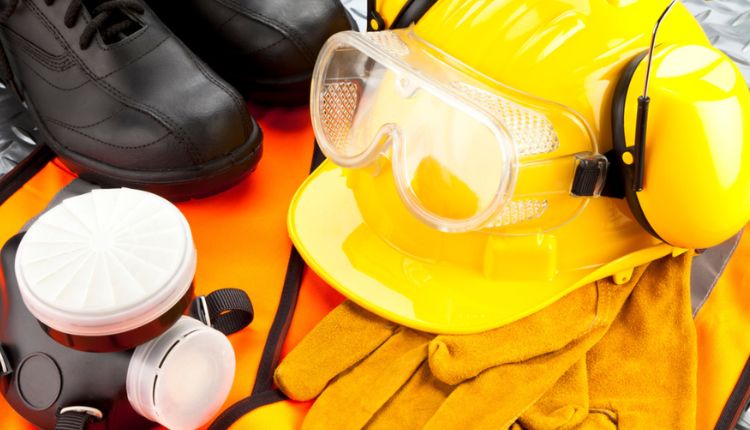Hand safety is one of the most critical concerns in industrial and professional settings. Injuries to the hands can lead to long recovery periods and disrupt productivity. So, selecting the right protective equipment helps minimise these risks and ensures workplace safety.
The market offers various options for gloves and protective gear, which makes selection for Hand Protection a challenge. Buyers need to be informed to choose products that deliver the right protection. A thoughtful approach ensures that the equipment performs well and provides comfort throughout its use.
Assess Workplace Hazards
The first step is to identify the risks present in the work environment. Different industries face different threats, such as cuts, abrasions, chemical exposure, or heat. Assessing these hazards helps determine the type of protection required. Gloves for handling sharp objects differ from those used for chemical resistance. Understanding these distinctions ensures that the selected equipment addresses specific dangers effectively.
Detailed hazard analysis can reveal less obvious risks, such as vibration damage or thermal extremes. This assessment also helps prioritise which hazards need immediate attention. A clear risk profile allows buyers to choose equipment that maximises worker safety without overcomplicating operations.
Match Materials to the Task
The material of the glove plays a crucial role in safety performance. Leather offers durability and abrasion resistance, while nitrile or neoprene provides chemical protection. Cotton or synthetic blends work well for general handling tasks. The selection of the right material balances between protection and comfort. It also prevents over-specifying, which can make gloves unnecessarily bulky and expensive.
Ensure Proper Fit
Fit is a key factor in Hand Protection. Loose gloves can slip and reduce grip, which can lead to accidents. Tight gloves may restrict movement and cause discomfort during long use. Hence:
- Choose sizes that match hand measurements accurately.
- Consider adjustable features for a secure hold.
- Search for ergonomic designs to get natural finger movement.
A well-fitted glove improves dexterity, which makes tasks safer and more efficient.
Check Compliance with Standards
Safety equipment must meet regulatory requirements for performance. Look for gloves certified under recognised standards. These certifications indicate that the product has been tested for strength, durability, and protective ability. Compliant equipment gives assurance of quality and reliability. This is crucial when working in high-risk settings where protection cannot be compromised.
Evaluate Comfort and Breathability
Comfort is essential when gloves are worn for extended periods. Breathable materials help reduce sweating and keep hands dry. Padded interiors or flexible designs can prevent fatigue during repetitive tasks. Workers are more likely to wear equipment consistently when it feels comfortable. This improves overall compliance with safety protocols and reduces injury rates.
Review Durability and Cost Efficiency
Durability is another important consideration. High-quality gloves last longer, which reduces replacement frequency and saves costs over time. Cheap alternatives may wear out quickly, which creates gaps in protection. So, investing in reliable equipment ultimately proves cost-effective. Long-lasting products maintain safety without constant interruptions for replacements.
So, selecting the right hand safety protection equipment requires careful evaluation of hazards, materials, and standards. A good fit, comfort, and durability ensure that workers remain protected without sacrificing efficiency. Making wise choices keeps workplaces safe and promotes long-term productivity.






